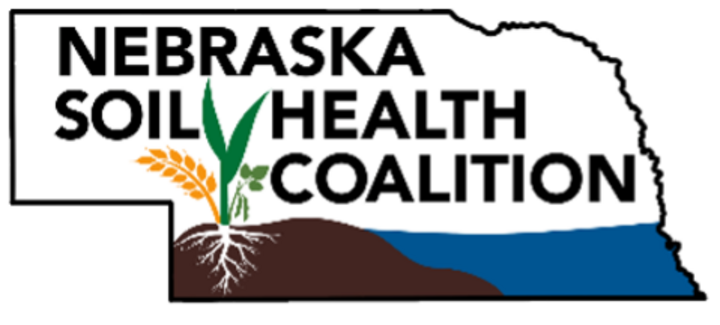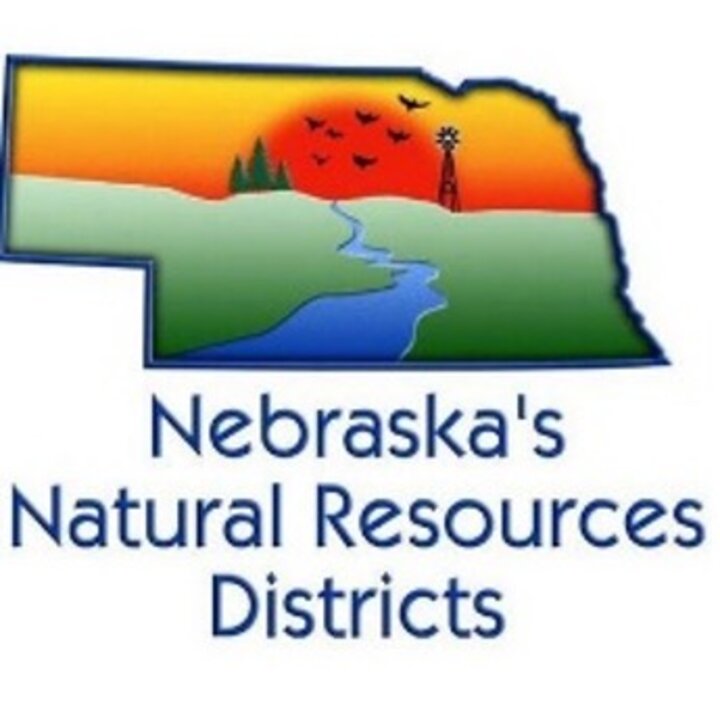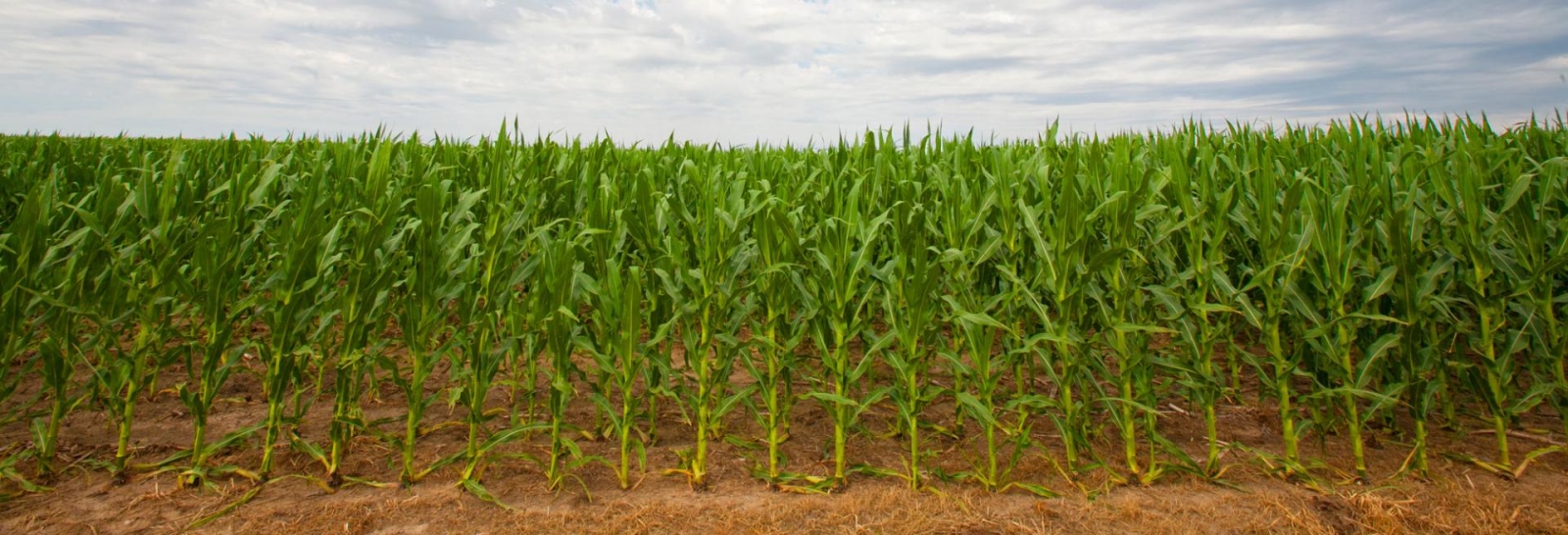This article is the first of two articles featuring ongoing soil health and regenerative ag initiatives in Nebraska. Read the second article here.
Nebraska's agricultural landscape is evolving, with a diverse coalition of organizations spearheading innovative soil health initiatives. Government agencies, non-profit organizations and academic institutions are collaboratively shaping the future of sustainable agriculture in the Cornhusker State. This article highlights the current soil health work and future initiatives of key Nebraska institutions, showcasing their collective efforts to promote regenerative farming practices. By sharing these endeavors, we aim to raise public awareness and inspire agricultural producers to engage with these vital programs, fostering a more resilient and sustainable agricultural ecosystem for generations to come.
Nebraska NRCS: Paving the Way for Soil Health

Nebraska's Natural Resources Conservation Service (NRCS) is at the forefront of soil health promotion. With a mission to advance soil health through partnerships and conservation, Nebraska NRCS is set to update its Soil Health Strategic Plan in 2025. The organization's vision encompasses healthy soils on Nebraska's working lands, resource conservation, and fostering community relationships.
Nebraska NRCS operates through 77 field offices across the state, focusing on producer assistance and public outreach. Their efforts include internal training for soil conservationists and tailoring information for different target audiences.
One of Nebraska NRCS's standout initiatives is the Soil Health Demonstration Trailer, a mobile educational tool showcasing management decisions' impact on soil health. This hands-on approach brings soil health concepts directly to farmers and communities.
Nebraska NRCS has identified several soil health resource concerns:
- Compaction
- Organic matter depletion
- Soil organism habitat loss and degradation
- Aggregate instability
- Carbon stock for greenhouse gas mitigation
To address these concerns, Nebraska NRCS is implementing onsite soil health assessments and introducing CEMA 216 — Soil Health Analysis for fiscal year 2025.
The NRCS Urban and Small-Scale Ag subgroup is also promoting soil health practices for small-scale operations focusing on:
- Soil Contaminant Testing
- Soil Health Testing
- Soil Carbon Amendment (including Biochar)
- Composting Facility
For fiscal year 2025, NRCS is looking at adding these practices to benefit urban ag soil health directly:
- Conservation Harvest Management (Interim National Conservation Practice)
- Johnson-Su bioreactor
- Chicken Tractor
- Woody Residue Treatment (mushroom rafts for soil carbon benefit)
For more information, visit the Nebraska NRCS website.
Center for Rural Affairs: Empowering Farmers

The Center for Rural Affairs (CFRA) is making significant strides in soil health education and farmer empowerment. Their programs include:
1. Beginning Farmer Conservation Fellowship: This 18-month program trains fellows in soil science, soil health practices, and conservation with climate change mitigation strategies.
2. Conservation Mentorship Network: With 25 mentors across Nebraska, this network provides resources to producers interested in adopting conservation practices.
3. Year in the Life Program: A three-year initiative focusing on different aspects of farming, including soil health for animal wellbeing and sustainable crop production.
4. Organic Transition Cohorts: Tailored for various farmer groups, including Latino farmers, veterans, and specialty crop producers.
CFRA's commitment to accessibility is evident in its Spanish-language resources and diverse outreach efforts. For more information, visit the Center for Rural Affairs website.
Nebraska Soil Health Coalition: Community-Focused Approach

The Nebraska Soil Health Coalition takes a unique "Community Hub" approach to advance producer-centered education, outreach, and adoption of soil heath principles. Their approach includes:
- Producer-to-producer learning groups
- Demonstration and education sites
- Community-based stakeholder visioning groups
For its pilot program in south-central Nebraska (Hastings), the Coalition is partnering with others to implement activities that will result in relevant data and knowledge for economic risk analysis, soil health benchmarking, and social barriers to adoption. They will also assist producers with incentive filtering and work with the whole community to tell their stories. In addition, a producer carbon toolbox is being developed to help provide targeted resources for producer transition.
For more information, visit the Nebraska Soil Health Coalition website.
Nebraska’s Natural Resources Districts

Nebraska's Natural Resources Districts (NRDs) are actively involved in several soil health initiatives and projects for 2025. Here are the key programs and events:
- Nebraska Soil Carbon Project: This public-private partnership between Central Platte NRD, Upper Big Blue NRD, NRCS, TNC, and private companies aims to: a) enroll approximately 100 producers and 100,000 acres in cost-share programs; b) promote soil health practices such as cover crops, reduced tillage and diverse crop rotations; and c) provide financial incentives to producers implementing these practices. The final enrollment deadline for this program was Nov. 15, 2024. However, this program will continue until the conclusion of the project in 2026.
- Bow Creek Watershed Project: Located in northeast Nebraska, this is a collaborative effort of the NRD Lewis and Clark to improve water quality and soil health. Key achievements include:
- 15 contracts covering 3,838 acres enrolled in conservation practices.
- Implementation of nutrient management, cover crops and no-till practices.
- Outreach and education events, including winter workshops and field days.
These initiatives demonstrate Nebraska's commitment to improving soil health, agricultural productivity and environmental sustainability in 2025. For more information, visit the Nebraska NRD website.
Nebraska Strategic Ag Coalition

The Nebraska Strategic Agriculture Coalition (NSAC), formed in the fall of 2023 by the Nebraska Department of Natural Resources (NeDNR), brings together various institutions (NRCS, Nebraska Commodity Boards, NRD, NDEE, UNL, Nebraska Extension, TNC, Center for Rural Affairs, Rainwater Basin Joint Venture) which share a common vision and who are working to promote soil health related best management practices (BMP) through increased producer networking.
NSAC is currently developing a comprehensive website for producers and people with agronomic business interests. This website aims to foster producer-to-producer mentoring and networking connections around the use of soil health-related BMPs that increase productivity and profitability. Offering a catalog of climate-smart commodity cost-share opportunities, an event calendar, technical resources, and networking opportunities, the website helps reduce information access barriers for producers. During two meetings with non-producer stakeholders in early 2024, NSAC gathered feedback on the website's content and functionality. The NSAC coalition is now preparing to meet with producer stakeholders before the website's formal launch. Additionally, the group supports the UNL-NRCS Climate Smart Agriculture Educational program and aims to build a stakeholder advisory team for climate-smart commodity programs in Nebraska.
Additionally, NeDNR launched the Nitrogen Reduction Incentive program in October 2024, working with Natural Resources Districts (NRDs) to promote LB1368, by offering incentives to farmers who reduce their nitrogen application rate by the lesser of 40 lbs or 15% per acre. For more info about this program and LB1368, visit the DNR website.
Acknowledgements
We extend our sincere gratitude to the representatives from various institutions and organizations who contributed valuable information to this article and participated in the fall Soil Health Stewards online meetings organized by the UNL SH co-leaders:
Carlos Villareal, Nathan Mueller and Brach Johnson (NRCS), Becky Ravenkamp (NRD), Alexa Davis and Kent Zimmerman (DNR), Jacob Fritton (TNC), Katie Hickle (NDEE), David Meyer and Craig Derickson (NSHC), Ariel Freidenreich (USDA-ARS), Bobbie Howard, Andrew Tonnies, and Cait Caughey (CFRA). Their expertise and insights were instrumental in shaping this work.
Learn more about ongoing Nebraska soil health initiatives in the Feb. 21 issue of CropWatch.

